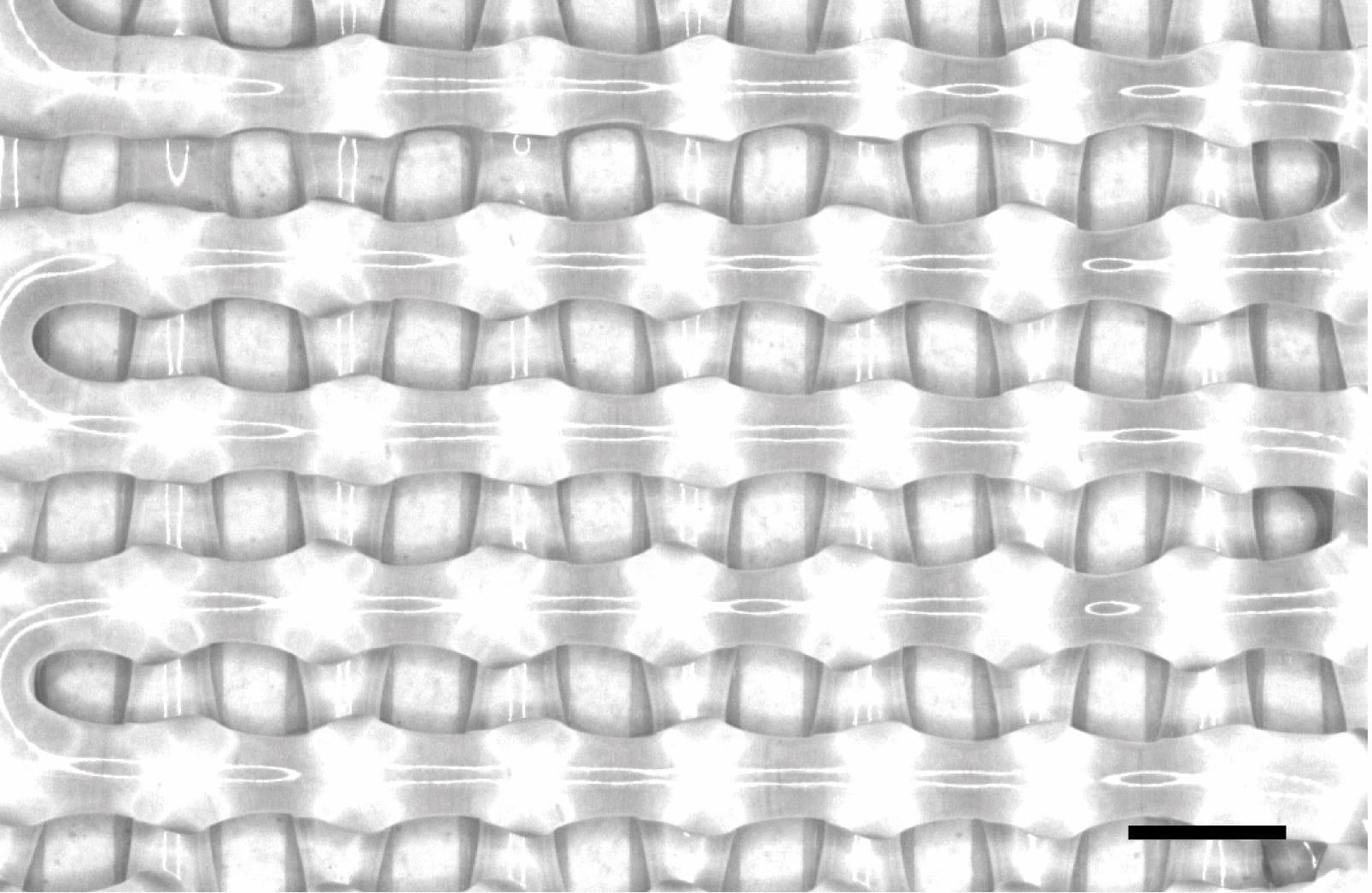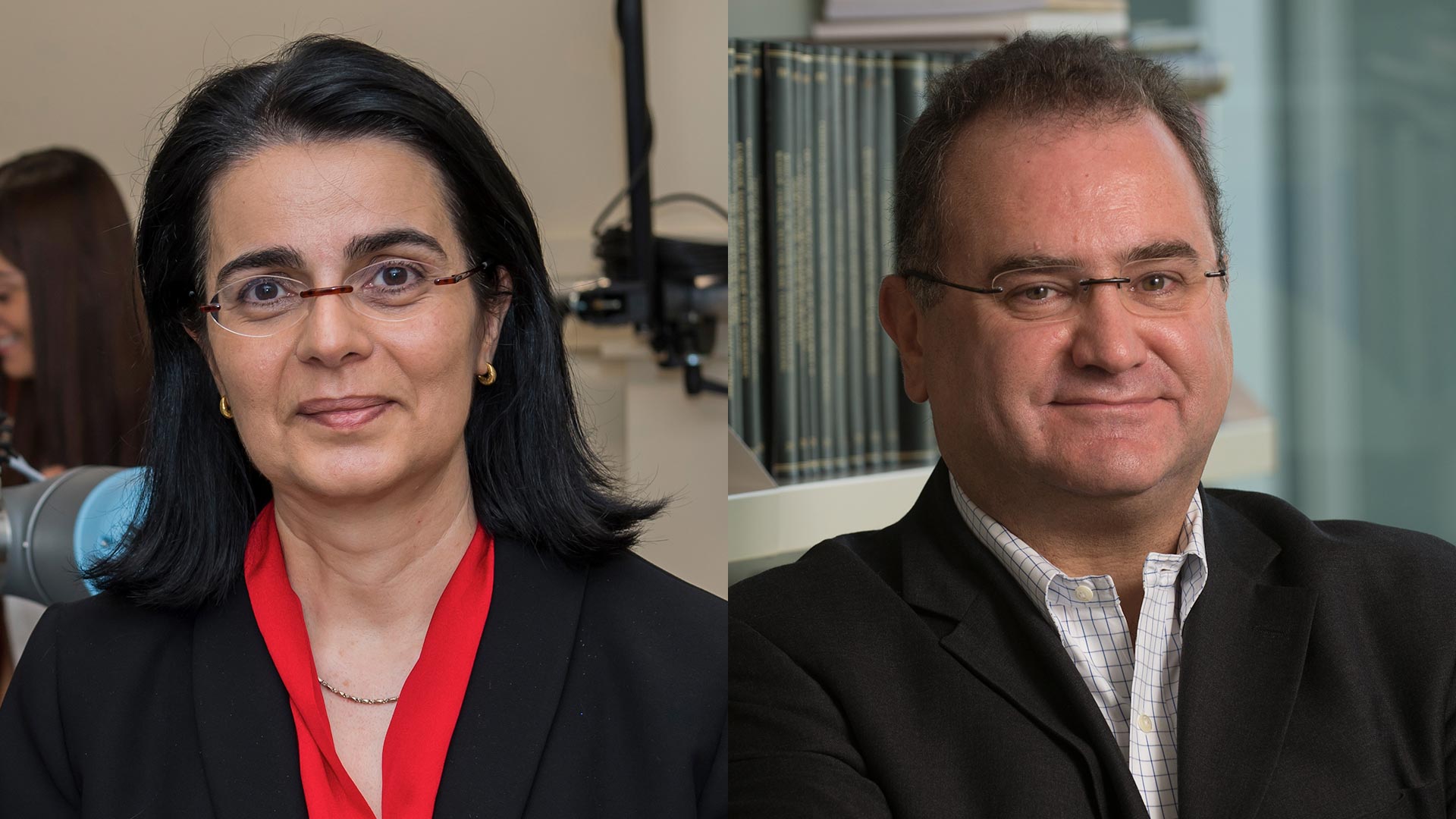China3D printingNet September 26, researchers at Rice University use artificial intelligence (AI) to speed up3D printingDevelopment of biological scaffolds to help wound healing. A team led by Lydia Kavraki, a computer scientist at Rice University’s Brown School of Engineering, used two machine learning methods to predict the quality of the scaffold material (given printing parameters). The research was published in Part A of “Tissue Engineering”, and controlling the printing speed is essential for manufacturing high-quality implants.
Thanks to the accurate data processing and prediction functions of AI, scientists in the field of biotechnology extensively rely on AI tools and technologies (such as machines and deep learning) to solve practical problems and improve discoveries, thereby contributing to the diagnosis and treatment of diseases. Chemical medicine, etc.
According to a report by PricewaterhouseCoopers, by 2030, artificial intelligence can contribute US$15.7 trillion to the global economy, and a recent survey of pharmaceutical and life science experts shows that 44% of them are already working on their research and development. Artificial intelligence was used in the event.

3D printing
Biological scaffold” alt=”
3D printing
Biological scaffold” width=”620″ height=”404″ />
With the help of machine learning algorithms developed by Rice University, a “high-quality”3D printingBiological scaffold. The scale bar is equal to 1 millimeter. (Picture provided by Mikos research team)
Rice University bioengineer and research co-author Antonios Mikos (Antonios Mikos) has been working with the Complex Tissue Engineering Center to develop biological scaffolds to improve techniques for healing craniofacial and musculoskeletal wounds. According to Rice University, biological scaffolds are bone-like structures that can be used as placeholders for injured tissues. They are porous and support the growth of cells and blood vessels that become new tissue and eventually replace the implant.
Mikos’ work has progressed, including complex3D printing, Can make the biocompatible implant specially suitable for the wound site. Now, with the help of machine learning technology, it is possible to design materials and develop processes to create implants faster, and eliminate a lot of trial and error.
The team explored two modeling methods based on machine learning. One is a method based on direct classification, which can predict that a given set of parameters will produce “low” or “high” quality stent prints. The other is a regression-based method, which can approximate the value of the print quality index to get the result. Researchers report that both models are based on a “classical supervised learning technique” called “random forest”, which builds multiple “decision trees” and “merge” them in Together to obtain a more accurate and stable forecast.
The team trained and evaluated the model on the data set generated in the previous study3D printingAnd full element design researched the manufacture of porous polymer scaffolds. Ultimately, this collaboration can lead to better ways to quickly print customized jaws, kneecaps, or cartilage fragments as needed.
“A very important aspect is the potential to discover new things. This series of studies not only allows us to optimize systems with many variables (which is very important), but also to discover new and unexpected things. In my opinion Come, this is the real beauty of this work.” Mikos, Professor of Bioengineering and Chemical and Biomolecular Engineering at Louis Calder, Chemistry and Materials Science and Nanoengineering at Rice University professor. “This is a great example of convergence. We have learned a lot from advances in computer science and artificial intelligence, and this research is a perfect example of how they can help us improve efficiency.”
Mikos and his students have already considered incorporating machine learning into it, but the 2020 COVID-19 pandemic has created a unique opportunity to implement the project. Rice University explained that from start to finish, COVID-19 allows them to assemble data, develop models and publish results within 7 months. This is considered the time to record the process, which usually takes several years. Although students must figure out how to communicate remotely, once they are done, they make rapid progress. For Mikos, this is a way to make great progress when many students and teachers cannot go to the lab.

Rice computer scientist Lydia Kavraki and Rice bioengineer Antonios Mikos. (Photo courtesy of Rice University Brown School of Engineering)
Kavraki said that the researcher and co-author of the paper


0 Comments for “Use artificial intelligence to accelerate the development of bio-3D printed scaffolds to help wound healing”